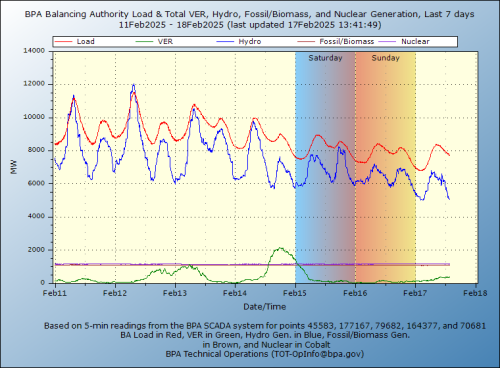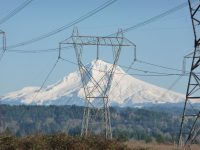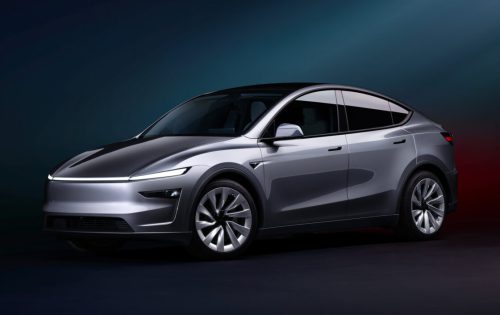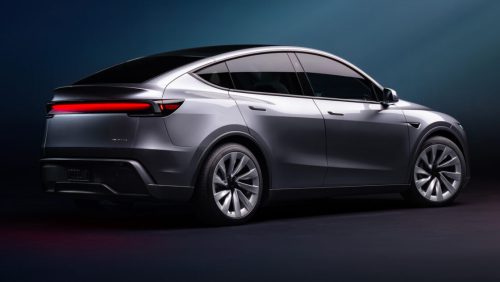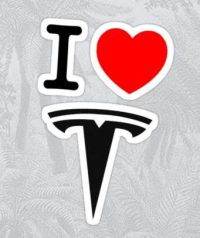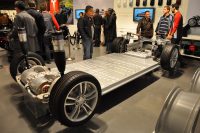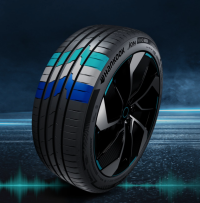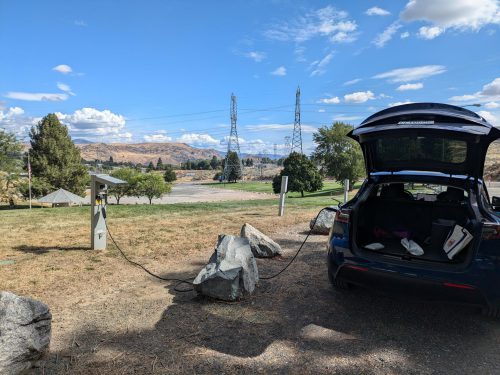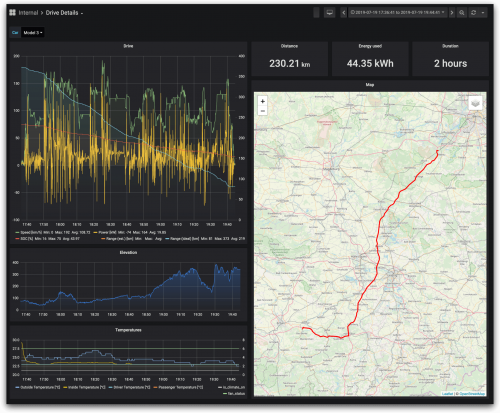Welcome to another Tesla Tuesday!
I’ve been running the TeslaMate service since the first day we got our car. I have data points from our cars complete life at a resolution of multiple data points per minute. There are dozens of sensors recorded in every data point. It’s a mountain of data and the TeslaMate dashboards do a great job of making use of that data. For a data nerd like me, it has been amazing.
One of the key takeaways I get from it is the ability to get an extremely accurate measurement of what a gas car would have cost me because I take my daily miles and the cost of gas at the local gas station every day. I can compare that with my energy cost and voila, I know my savings over the life of the car.
There are also some fun aspects like seeing a map of every road we’ve ever driven, calculating exactly which counties we have visited, knowing our longest stint without stopping for the bathroom, and the list goes on and on.
But for the last week I’ve had the data logger turned off. It’s gotten to the point where background work of keeping it running, making sure the data is backed up, etc just doesn’t feel worth it anymore. Plus, our car has never done a great job of falling into its low power sleep state and I wonder how much of that is related to TeslaMate (even though the devs say it’s highly unlikely to matter.) The Tesla app has slowly improved over the two years of ownership to the point where, other than the data logging, all my scenarios are covered by the app.
Furthermore, I’ve noticed that while I initially learned a lot from the data, it’s not really teaching me anything new now. I’ll still keep track of daily gas prices and even with fewer recorded mileage checkpoints, I’ll still be able to get a very accurate estimate of our total cost savings. Barring a major repair bill (so far our total is still $0), I’m highly confident that this car will end up being cheaper than what we would have got instead. I liked having the data to really prove it to people who don’t believe me, but meh, it’s not my job to change their minds, and if they hate EVs, my data isn’t going to convince them anyway.
As a data hoarder, it’s hard to let this go, but I’ve gotten to the point in life where I feel the need to simplify. Some of that is physically getting rid of stuff and some of that is letting go of commitments and projects. Maybe this is a healthy step in the right direction, or maybe I’ll reget it in the future! I’m going to leave everything hooked up and I’ll turn it on every once in a while so I still have some data points, but for the most part, this will free up some head space.


